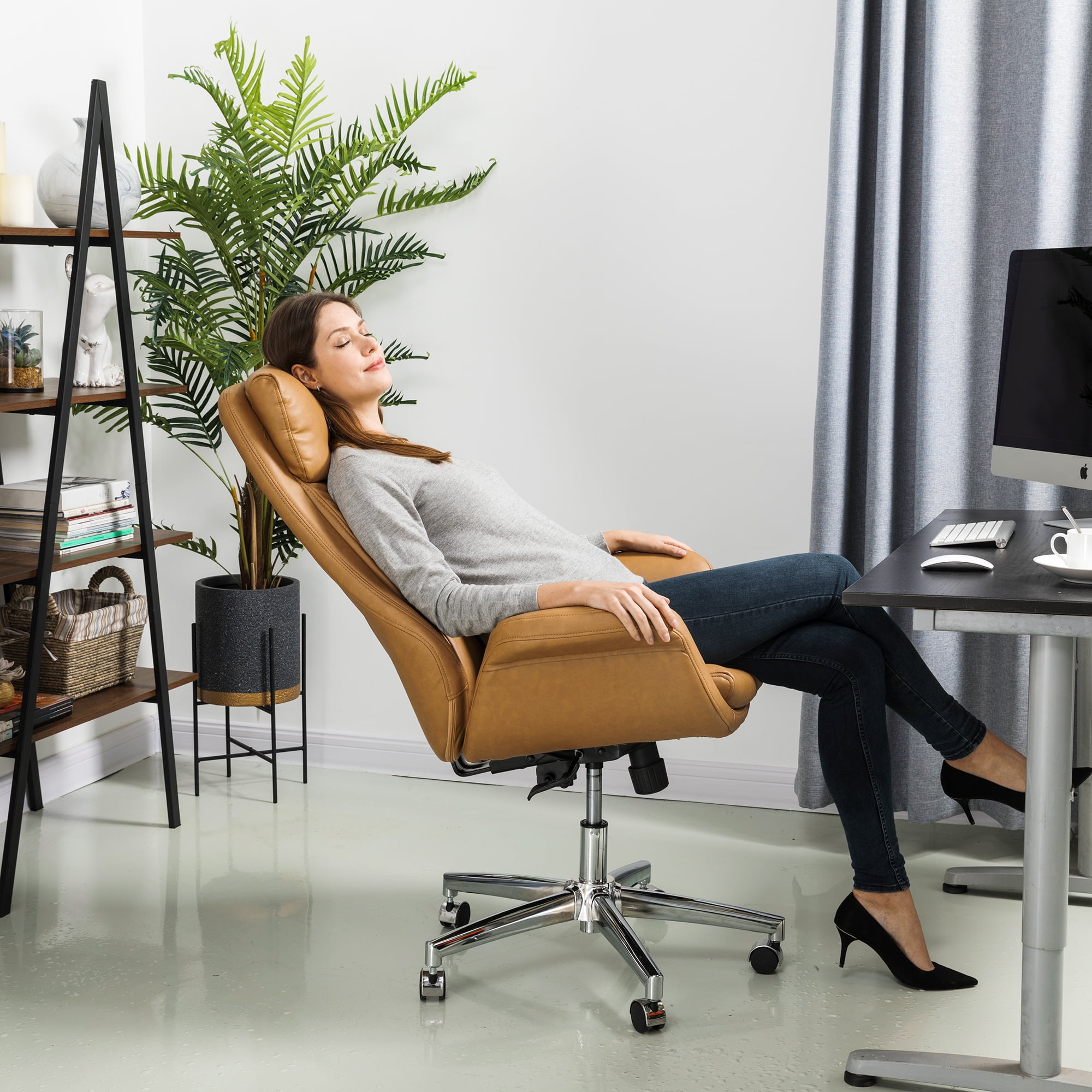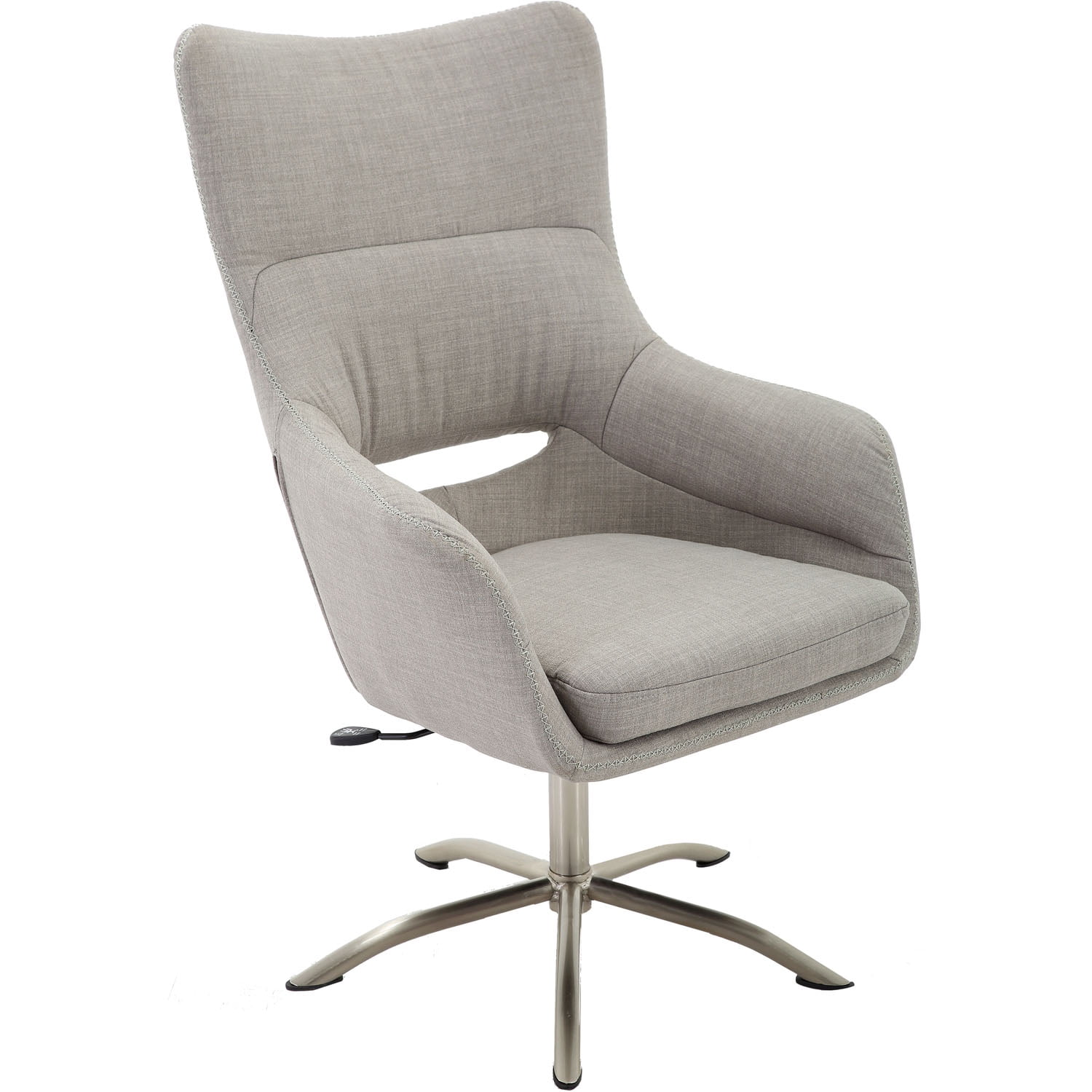Materials and Durability of Adjustable Desk Chairs Without Wheels

Choosing the right adjustable desk chair without wheels is a crucial investment in your comfort and well-being. The materials used directly impact the chair’s longevity, your comfort, and ultimately, its value. Understanding the strengths and weaknesses of different materials will help you make an informed decision that supports your needs for years to come.
Material Durability Comparison
The lifespan and comfort of your chair are heavily influenced by the materials used in its construction. Let’s examine some common materials and their respective pros and cons.
- Mesh: Known for its breathability and flexibility, mesh offers excellent comfort, especially in warmer climates. However, mesh can be prone to stretching or tearing over time, and its durability depends heavily on the quality of the material and construction.
- Pros: Breathable, lightweight, often more affordable.
- Cons: Can sag or tear with prolonged use, less supportive than other materials.
- Leather: Leather exudes luxury and offers excellent durability. High-quality leather chairs can last for decades with proper care. However, leather can be expensive, requires regular conditioning to maintain its suppleness, and can be less breathable than other options.
- Pros: Durable, luxurious appearance, ages gracefully.
- Cons: Expensive, requires maintenance, can be less breathable.
- Fabric: Fabric chairs offer a wide range of options in terms of texture, color, and price. Durability varies significantly depending on the type of fabric used. Some fabrics are highly durable and easy to clean, while others may be prone to staining or wear.
- Pros: Wide variety of options, often more affordable than leather.
- Cons: Durability varies greatly depending on the fabric type; some can be prone to staining or wear.
Chair Base Design and Stability
The chair’s base is the foundation of its stability and durability. A weak base can compromise the entire chair’s structural integrity, leading to instability and premature wear.
- Five-Star Base: The most common base design, offering excellent stability due to its wide footprint. Typically made of metal (steel or aluminum) for strength and durability. Variations exist in the size and material of the feet, influencing stability on different floor types.
- Four-Star Base: Less common than the five-star base, but still provides reasonable stability. It typically occupies a smaller footprint and may be less stable on uneven surfaces.
- Circular Base: Usually found in smaller chairs or stools, this base design offers moderate stability but is generally less robust than five-star or four-star bases.
Construction Techniques and Sturdiness, Adjustable desk chair no wheels
The overall sturdiness of an adjustable desk chair without wheels is determined by the quality of its construction. Key factors include the frame material and the strength of the joints.
- Frame Material: Steel frames are generally the most durable, offering superior strength and resistance to bending or breaking. Aluminum frames are lighter but can be less robust. Wooden frames, while aesthetically pleasing, are generally less durable than metal frames unless constructed from very strong hardwoods.
- Joint Strength: Chairs with robustly constructed joints, such as those using reinforced metal brackets or high-quality screws, will be significantly more durable than those with weaker joints. Look for chairs with welded joints whenever possible, as these offer superior strength.
Material Comparison Chart
| Material | Durability | Maintenance | Cost |
|---|---|---|---|
| Mesh | Moderate (dependent on quality) | Low | Low to Moderate |
| Leather | High | Moderate (conditioning required) | High |
| Fabric | Variable (dependent on fabric type) | Low to Moderate | Low to High |
Buying Guide and Considerations for Adjustable Desk Chairs Without Wheels: Adjustable Desk Chair No Wheels

Choosing the right adjustable desk chair without wheels can significantly impact your comfort and productivity. This isn’t just about finding a seat; it’s about investing in your well-being. A thoughtfully selected chair provides proper support, promoting good posture and preventing discomfort during those long hours at your desk. Let’s navigate this process together.
Adjustable desk chair no wheels – Finding the perfect chair involves a systematic approach, considering your individual needs and preferences. This guide will walk you through the key factors to ensure you make an informed decision.
Step-by-Step Guide to Selecting an Adjustable Desk Chair Without Wheels
Selecting the ideal chair requires careful consideration of several factors. Following these steps will help you navigate the selection process effectively and confidently choose a chair that suits your needs.
- Assess Your Height and Weight: Start by measuring your height and weight. Chair manufacturers often provide weight capacity limits, and the chair’s dimensions should accommodate your height comfortably. Too small, and you’ll feel cramped; too large, and you’ll lack proper support.
- Consider Your Working Style: Do you sit for extended periods? Do you frequently change positions? If you work long hours, prioritize chairs with lumbar support, adjustable seat height, and potentially armrests. For those who move around more, a simpler design might suffice.
- Determine Your Budget: Adjustable desk chairs range in price. Set a realistic budget beforehand to narrow your options effectively. Remember, investing in a quality chair can pay off in the long run by preventing back pain and promoting better posture.
- Evaluate Material and Durability: Choose durable materials that can withstand daily use. Consider the chair’s construction, focusing on sturdy frames and high-quality upholstery. Look for reviews that mention the chair’s longevity.
- Check Adjustability Features: Examine the range of adjustments available. Seat height, backrest angle, and lumbar support adjustments are crucial for ergonomic comfort. Test these features if possible before purchasing.
- Read Reviews: Before making a final decision, read reviews from other users. Pay attention to comments regarding comfort, durability, and ease of assembly. This real-world feedback is invaluable.
Chair Feature Recommendations for Different Scenarios
The ideal features will vary depending on your specific work environment and habits. Let’s explore some common scenarios.
| Scenario | Recommended Features |
|---|---|
| Home Office (Large Space) | Excellent lumbar support, adjustable armrests, high-quality upholstery for extended comfort. |
| Small Workspace | Compact design, minimal footprint, potentially a chair with a lower back profile to save space. |
| Frequent Long Hours | Exceptional lumbar support, adjustable seat height and backrest, breathable upholstery to prevent overheating. |
Key Questions to Ask Before Purchasing
Asking the right questions before purchasing ensures you’re fully informed and confident in your decision. Don’t hesitate to contact the seller or manufacturer directly if you need clarification.
- Warranty Information: What is the warranty period, and what does it cover? A robust warranty indicates the manufacturer’s confidence in their product.
- Assembly Instructions: Are detailed assembly instructions provided? Are tools included, or do I need to source them separately?
- Return Policy: What is the return policy? Does it allow for returns if the chair doesn’t meet your expectations? A clear return policy protects your investment.
- Material Composition: What specific materials are used in the chair’s construction? Understanding the materials helps assess durability and potential allergies.
- Weight Capacity: What is the maximum weight capacity of the chair? This is critical to ensure your safety and the chair’s longevity.
